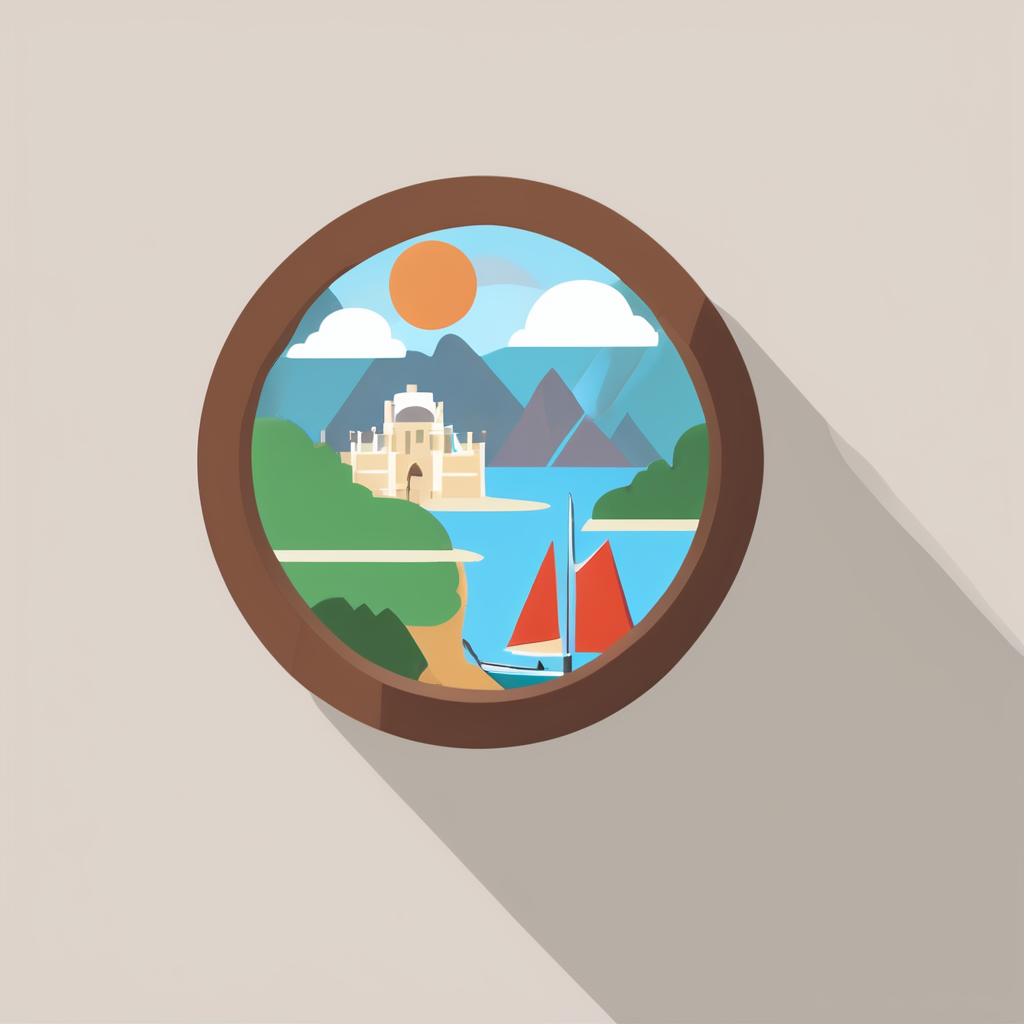Distinct Historical Perspectives Offered by UK Cruises
UK cruises provide a unique British history perspective that land tours often cannot match. Sailing along the coastline grants access to remote or less-visited historical sites, such as ancient castles perched on cliffs or abandoned fishing villages hidden from mainstream tourism. These locations enrich the traveler’s understanding of Britain’s past, offering insights into local life, maritime heritage, and evolving trade routes.
Through carefully curated cruise itineraries, passengers embark on a narrative journey that intertwines eras from Roman Britain to the Victorian industrial boom. This layered storytelling unfolds as the ship moves from port to port, making history tangible and dynamic. For example, visiting the Roman walls of Hadrian’s coast by sea offers a different perspective than traditional overland visits, revealing how strategic these sites were for defense and commerce.
Topic to read : What Are the Challenges of Organizing a Cruise Around the UK?
Moreover, witnessing key ports and landmarks from the sea deepens historical appreciation. Ports like Liverpool and Portsmouth are not just transit points but gateways to stories about naval power, empire, and immigration. Seeing these from the water emphasizes their historic significance in the UK’s development, enhancing the overall cruise-exclusive historical experience.
Regional Diversity of Historical Highlights on UK Cruises
Cruises around the UK offer an exceptional way to explore regional history that is often difficult to access. Sailing past Scottish castles, passengers can admire majestic fortresses like Eilean Donan, whose tales of clan battles and royal intrigue come alive from the water’s edge. These historic sites embody centuries of Scotland’s turbulent past and stand as testimony to architectural resilience.
Also read : How Can Cruise Tours Transform the UK Tourism Industry?
Turning south, many UK cruises dock near famous English cathedrals such as York Minster or Canterbury. These grand structures have deep maritime connections, historically linked to port cities that flourished through trade and religious influence. Exploring these cathedrals aids in understanding England’s medieval power and cultural heritage.
Irish ports like Cork and Belfast serve as gateways to histories of migration, trade, and political change that shaped both British and global narratives. Cruise itineraries often highlight these cities’ roles in shipbuilding and maritime commerce, enriching the passenger experience with stories anchored in time and place.
Finally, less-explored Welsh heritage comes to life along rugged coastlines. Coastal cruises reveal hidden castles and ancient harbours, opening windows to a Celtic past often missed on traditional land tours. This diverse regional mix enhances the appeal of UK cruises for history enthusiasts.
Enriching Onboard Experiences and Themed Excursions
Cruise lectures offer passengers a unique opportunity to deepen their understanding of UK cruises through expert-led discussions on maritime history and regional culture. These sessions cover everything from historic naval events to the evolution of British coastal towns, providing context that brings the destinations to life.
Themed shore excursions complement onboard learning by immersing travelers in historical tours UK cruises are renowned for. These tailored guided tours often focus on specific periods or landmarks, allowing passengers to explore castles, ancient ports, and museum collections with knowledgeable guides. This approach ensures a richer connection to each stop, moving beyond typical sightseeing.
Combining cruise lectures with themed shore excursions fosters a comprehensive journey. Passengers can attend workshops early in the day and later witness firsthand what they’ve learned, making the cruise both educational and memorable. This synergy enhances the overall travel experience, strengthening the link between onboard activities and the historical significance of the destinations visited.
Connecting Historical Eras Through Seamless Itineraries
Experience cruise itineraries UK that uniquely blend ancient, medieval, and modern history into one cohesive journey. These chronological historical tours skillfully link eras, offering passengers a rare chance to witness the evolution of British culture and society while docking at carefully selected ports. Each stop acts as a window into a different timeframe, contributing to a comprehensive understanding of Britain’s past.
Embarking on such multi-era learning cruises allows travelers to observe how historical events unfolded and shaped the present. For example, visiting Roman ruins in southern England can be contrasted with medieval castles further north, culminating in modern industrial heritage sites. This progression highlights the continuity and transformation of the nation’s identity.
Moreover, these thematic routes encourage reflection on how perspectives have shifted across centuries, especially when viewed from the unique vantage point of the sea. Sailing along historic coastlines enriches the narrative, adding depth to the stories told onshore. In this way, a cruise becomes more than transportation; it transforms into an interactive classroom traversing time, making history tangible and engaging.
Battery Life and Charging Efficiency
A robot hoover’s battery life is crucial for uninterrupted cleaning sessions. Most models offer between 60 and 120 minutes of operation on a full charge. This duration suits standard rooms but may fall short in larger homes. More advanced devices feature fast-charging capabilities, regaining up to 80% battery in under an hour—ideal for quick turnarounds.
When evaluating charging efficiency, consider automatic docking functions. A top-tier robot hoover will navigate back to its charging station once the battery runs low, resuming cleaning after recharging. This feature ensures your floor is consistently maintained without manual intervention.
Modern robot hoovers often use lithium-ion batteries, prized for longevity and stable power output. This technology typically extends the device’s overall life compared to older nickel-metal hydride options.
For users wondering how long it takes to fully recharge, expect between 2 to 4 hours for a complete cycle depending on the model. Faster chargers shorten downtime, especially when paired with intelligent scheduling that segments cleaning into manageable intervals.
Understanding the nuances of battery life and charging efficiency empowers buyers to pick models perfectly aligned with their lifestyle and home size.
